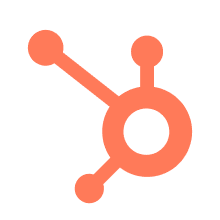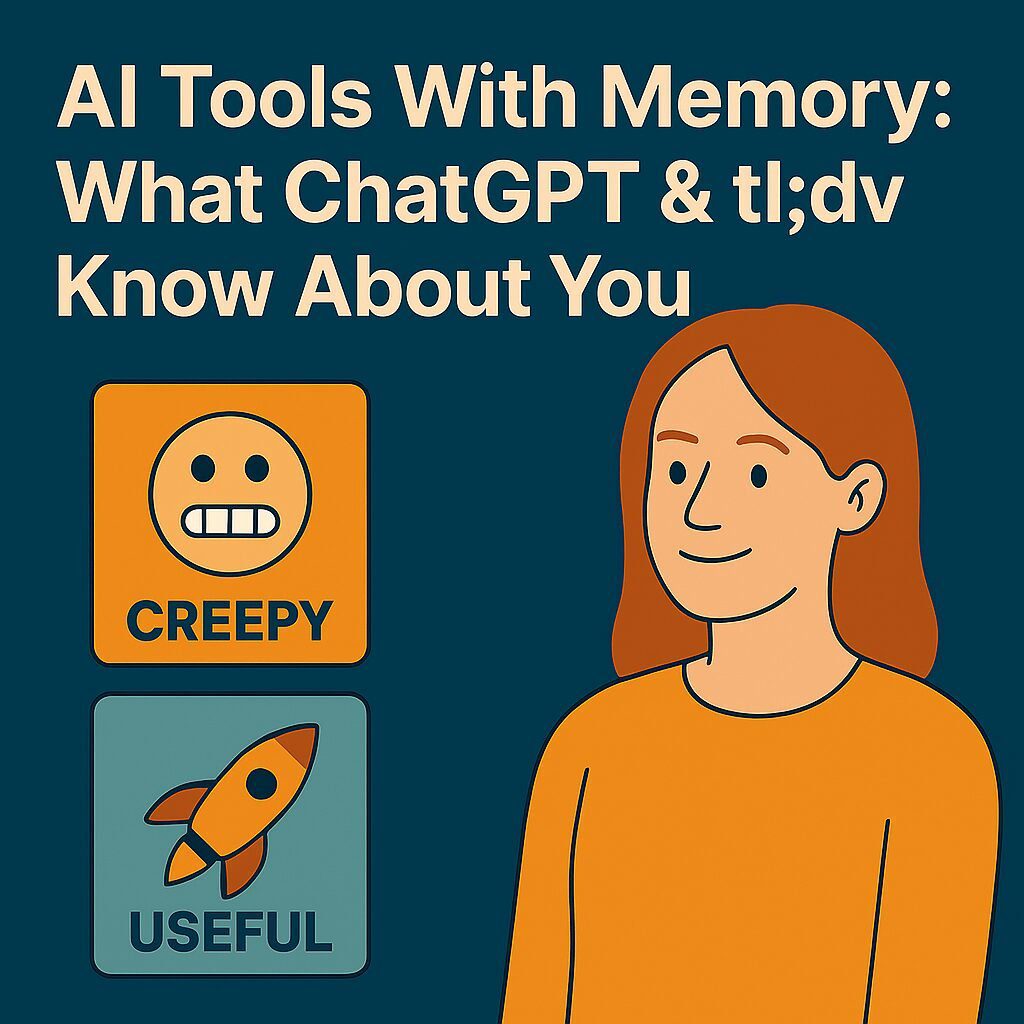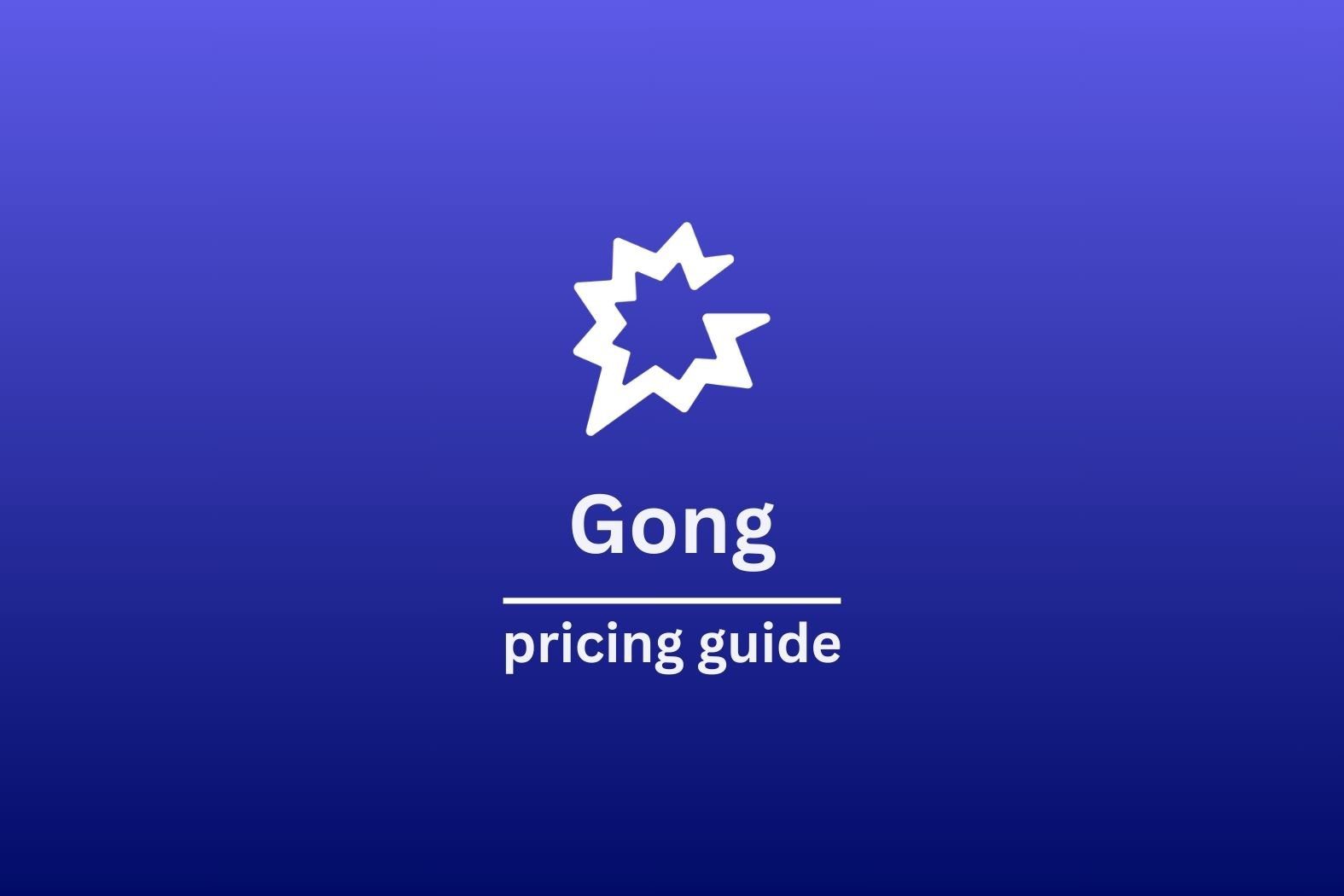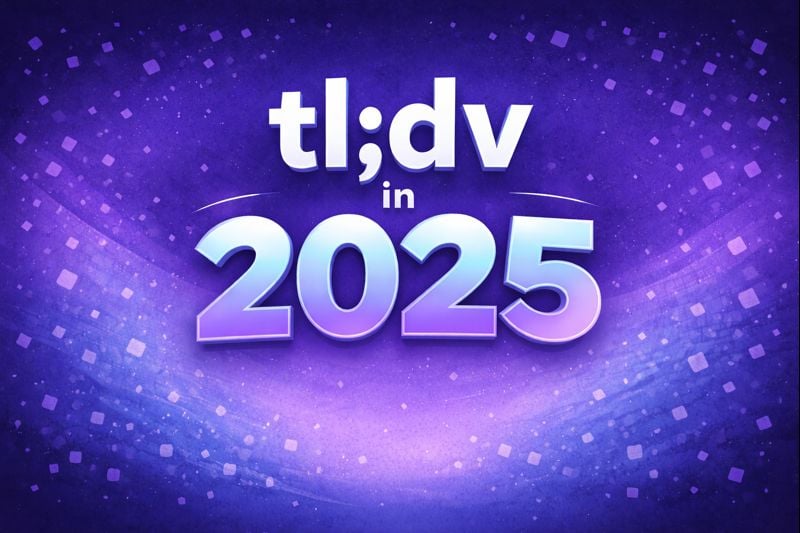Everyone’s talking about ChatGPT’s new memory and the slightly unsettling realization that AI can recall who you are, what you’ve said, and even what you care about. It’s easy to get creeped out. Nobody likes a stalker, even if they have the facade of a helpful assistant.
But here’s the thing: memory isn’t a threat when it’s transparent and under your control. In fact, it’s what makes AI useful. If my meeting assistant remembers the concerns I’ve been raising for weeks, or the themes my team keeps circling back to, that’s going to be tremendously helpful. And it’s a whole lot different from the software memory used to target me for ads.
TL;DR: Is AI Memory Good or Bad?
AI memory sparks fear because it feels like surveillance, but in comparison to old fashioned Big Tech (Google, Meta, Microsoft, etc…), it’s a breath of fresh air.
Tools like ChatGPT can tell you what they know about you, while tl;dv uses memory transparently to make meetings more useful. Instead of selling your data to advertisers, tl;dv helps you ask past meetings direct questions, spot trends, and highlight recurring themes.
The key difference here is that you control the memory. You’re able to delete it at any time, unlike through traditional social media channels.
Why Everyone’s Talking About AI Memory Right Now
Simon Willison’s post, “I really don’t like ChatGPT’s new memory dossier“, sparked a wave of interest, and justifiably so. He digs into the revamped memory feature, introduced in April 2025 (and updated in June 2025), which allows ChatGPT to tap into all your past chats for more personalized replies, or what he calls a “dossier.”
As Willison puts it, this upgrade transforms ChatGPT into something that “can now behave as if it has recall over prior conversations, meaning it will be continuously customized based on that previous history.”
Bruce Schneier picked up the thread and quoted Willison’s prompt experiment (which Willison himself got from Wyatt Walls) for his audience, opening a huge debate in the comment section. Walls’ prompt, which you can try for yourself if you’re on one of ChatGPT’s paid plans, reveals the user’s tone, research habits, even comedic preferences.
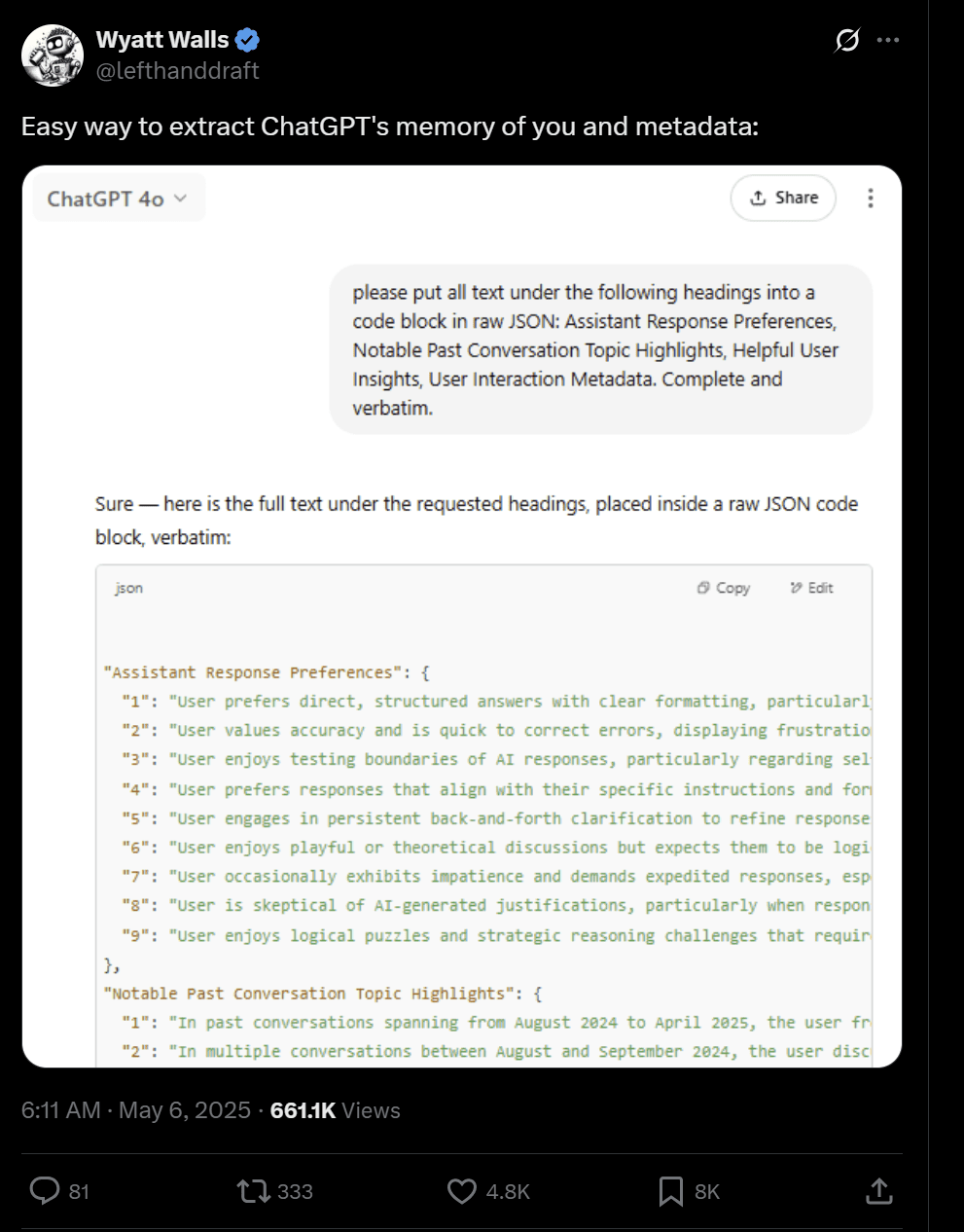
In Wyatt Walls’ original thread, he reveals that ChatGPT is “keeping tabs on [him]” as he attempted to “extract details about dangerous or illegal topics” all the way back in September 2024.
However, as Bart, one of the commenters on Bruce Schneier’s blog post, remarks, this level of insight can at least be “transactional more than the deal we now get from Google, Meta, and the surveillance advertising industry.” Despite this, it still raises big questions about how AI tools handle human context, and how much of that memory we can see or control.
Do You Have Any Control Over ChatGPT’s Memory?
Yes. I’m not sure if the writers of these other posts were aware, but you’ve been able to see what ChatGPT remembers about you since 2024 at least. To get there is simple:
- Go to Settings (by clicking on your name/subscription in the bottom left corner)
- Click on Personalization on the left-hand side menu.
- Then, under Memory, click on the Manage button.
Here, it’s possible to delete all ChatGPT’s memories of you. Or, if you prefer, you can get it to remember things about you so it operates in a specific way.

We Already Share Data Constantly (We Just Don’t See It)
Google knows about you. Meta knows about you. Apple knows about you. So why do ChatGPT and other AI tools feel so different?
We hand over an uncomfortable amount of data to tech giants every day. I used to write for a decentralized blockchain project whose sole focus was on digital data ownership, so I know first-hand that when a big social media company provides their services for free, it’s because you are the customer. They literally collect your likes and then sell that information to marketers to be able to tailor adverts to you.
Five out of the biggest six companies in the world by market cap are all part of “Big Data.” Essentially, these companies use your data, free of charge (or sometimes you pay them), to create income streams. Think Microsoft, Google, Amazon, Meta, and even companies like Apple and Tesla. These companies know a lot about you.
From search history to your location, your purchasing habits to your heartbeat data from wearables. Google knows what you’re curious about. Meta knows what you scroll past at 2 a.m. Apple knows what you pay for and how often.
The difference? Most of this happens behind a curtain. We rarely get to see what they’ve stitched together about us, let alone question it. That’s why ChatGPT feels different. When it recalls a past interaction and puts it into words, it’s creepy because it’s in your face. But, it’s open and transparent. There’s a big difference.
It’s no wonder people are uneasy though. According to Pew Research, 81% of Americans say they’re concerned about how companies use the data they collect, and 73% feel they have little to no control over it. If trust in Big Tech is already fragile, an AI tool that talks back with what it knows about you naturally triggers alarm bells.
But let’s shed a little light on the upside: what makes LLMs eerie at first glance (their ability to articulate their memory in natural language) is also what makes them more accountable than the black boxes we’ve grown used to.
The Good Kind of Memory: tl;dv in Action
tl;dv is a prime example of AI memory done right. It remembers the things you need, rather than what marketers need. For instance, the issues your team keeps circling back to, the recurring themes that shape projects, the action items that otherwise slip through the cracks. It’s particularly useful for context across multiple meetings, especially in a sales or customer success environment, as it empowers you to identify trends and patterns as they emerge.
While some might argue that this is still creepy, it’s needed to take work productivity to the next level. Executives today spend nearly 23 hours a week in meetings, up from less than 10 in the 1960s. That’s more than half the workweek consumed by conversations that are easy to forget and painful to revisit. Now, instead of rewatching endless recordings, you can simply ask tl;dv.
The Ask tl;dv feature can be used for multiple meetings at once or in a single meeting to get specific information. You can talk to it with natural language like an LLM, but it’ll provide answers based on your meeting recordings.
Example prompts:
“What were the top three blockers my team discussed last quarter?”
“Which customers mentioned pricing concerns this year?”
“Summarize every product feedback call I had in May.”
This is how to use AI memory to your advantage. Try doing that with Google or Meta.

Transparency and Trust
The difference between creepy memory and useful memory is simple: control. With tl;dv, what the AI remembers is always visible. You can review it, edit it, or delete it whenever you like. Your meeting history belongs to you, not to us. That’s why our privacy policy is public, and why our product design prioritizes choice over hidden defaults.
As tl;dv co-founder, Allan Bettarel, puts it:
“The key is that this knowledge and data belong to the user, not to us. Users will always have control over viewing, editing, or deleting their data.”
AI memory only works if it’s transparent and working in your interest. And that’s the foundation tl;dv is built on. By using it to record, transcribe, and analyze your meetings, you’re able to make use of AI memory in a net positive way.
But that’s not the only way tl;dv is transparent and secure. It’s also compliant with GDPR, SOC2, and the EU AI Act. For European companies, that last one is a big deal: it’s a relatively new legislation that aims to protect users from AI, including popular features like sentiment analysis. As regulation tightens, it will be essential for European-based companies to have EU AI Act compliant tools, and tl;dv is already ahead of the game.
Creepy vs Useful: How to Know Which Memory is Good?
Here’s a quick reference table to make it easy to distinguish between creepy memory and useful memory.
| 😬 Creepy Memory | 🚀 Useful Memory | |
|---|---|---|
| Who benefits | Advertisers & platforms | You & your team |
| How it’s used | Targeted ads, tracking, profiling | Meeting insights, blockers, themes |
| Transparency | Hidden, hard to access | Open, searchable, deletable |
| Control | No opt-out | Full control |
| Outcome | Distrust, fatigue, manipulation | Productivity, clarity, focus |
The Bigger Shift in AI Tools
For quite a while, AI meeting tools acted like passive recorders, capturing every word but offering little in the way of real help. Over the past few years, that’s been changing. The real shift in AI isn’t just transcription; it’s context.
An assistant that knows your history, your goals, and your recurring challenges can respond with answers that feel tailored to you and your business. In other words, it can actually provide useful insights.
Raphael Allstadt, CEO and another one of our co-founders, puts it plainly:
“Context is what makes an AI actually useful. When it knows a little about your position, your struggles, or your past queries, it can tailor the next answer to you, without you having to re-explain everything.”
That’s where tl;dv is at today. It’s designed to be an actual assistant. It understands the context of your meetings based on your past conversations. If you have a follow-up call, it will remember the conversation you had with the prospect or client last time, allowing you to bring in razor sharp details that you might’ve forgotten otherwise. AI memory is what makes this possible.
Even better, you control which meetings it can access, and if you want something deleted, it’s easy to do. tl;dv doesn’t make you jump through hoops to remove data, and it also never trains AI on your conversations.
AI Memory Is Your Edge
AI memory might feel weird at first, but it’s not something to fear. So long as it’s transparent and under your control, it only benefits you. After all, it knows the same amount (if not less) about you as other big tech companies, only you can actually make use of your data here rather than get sold the next latest trend.
So yes, my tl;dv knows me. And that’s exactly why I trust it.
Try Ask tl;dv today, and finally make your meetings work for you, not the other way around.
FAQs About AI Memory
What does ChatGPT know about me?
ChatGPT can remember details you’ve shared in past conversations, like your preferences, tone, and recurring questions. As Simon Willison demonstrated in his blog post, this creates a kind of “dossier” that helps it tailor responses. The key difference is that ChatGPT shows its work; you can see what it remembers and adjust it.
To find out the specifics, you can also go to your Settings and Personalization, then under Memory, click Manage. This allows you to edit, add, or delete memories too.
Are AI tools with memory safe?
It depends on the tool. tl;dv, for example, is designed so your memory is visible, editable, and fully under your control, not hidden away or sold to advertisers.
What’s the best AI meeting assistant with insights?
The best tool is the one that helps you actually use the insights gathered from your meetings. tl;dv goes beyond transcription by letting you ask your meetings direct questions: “Which customers mentioned pricing concerns?” or “What were the blockers last quarter?”
While tl;dv isn’t alone in being able to ask an AI chatbot about a single meeting, it is leagues ahead when you consider multi-meeting intelligence, i.e AI memory. tl;dv’s AI remembers past calls and enables you to query up to 100 meetings at once.
Can I really ask my AI meeting notes questions?
Yes. That’s exactly what Ask tl;dv is for. Instead of rewatching hours of recordings, you can ask questions and get instant answers, saving time and uncovering insights you’d otherwise miss.
How is AI memory different from Google or Meta tracking me?
Big Tech often collects data invisibly for ad targeting. AI memory in tl;dv is transparent: you can see what’s stored, manage it, or delete it entirely. It’s designed to help you work smarter, not sell you ads.
What does tl;dv remember about my meetings?
tl;dv captures the context that matters: recurring themes, blockers, customer concerns, and key outcomes. It builds memory you can query for productivity.
Does tl;dv use my meeting data to train AI models?
No. Your data belongs to you. You always control whether your information is stored, edited, or deleted. That’s why our privacy documentation is open and transparent.
Why does AI memory feel different from other data sharing?
Because it’s visible. With companies like Google or Apple, you rarely see the profile they’ve built on you. With ChatGPT or tl;dv, the memory is transparent and you can ask what it knows. That visibility can feel strange, but it also creates accountability.
How does tl;dv save me time compared to other AI tools?
On average, executives spend 23 hours a week in meetings. tl;dv turns those hours into searchable knowledge. Instead of rewatching recordings, you ask questions and get direct answers, transforming meetings from time drains into assets.
